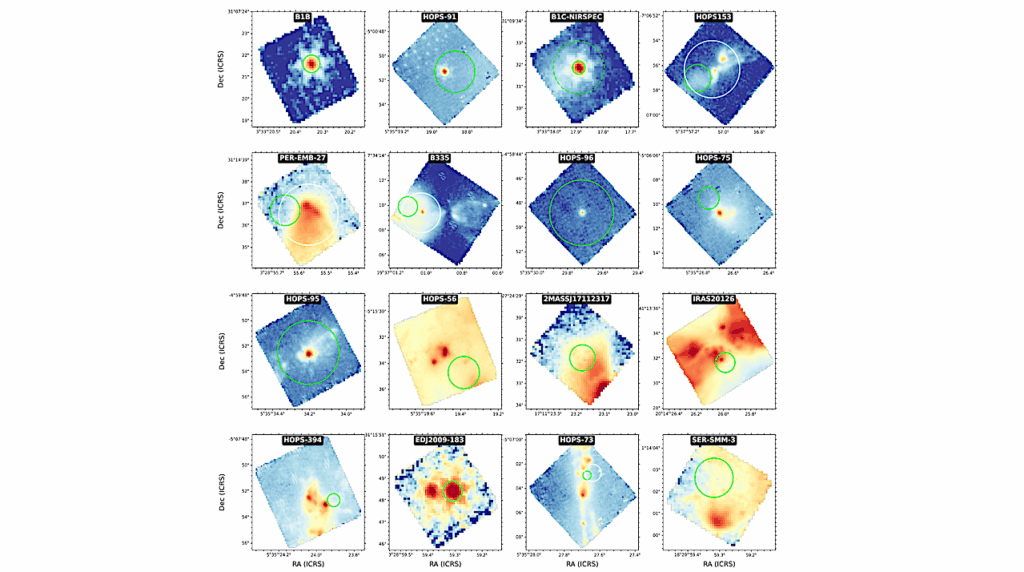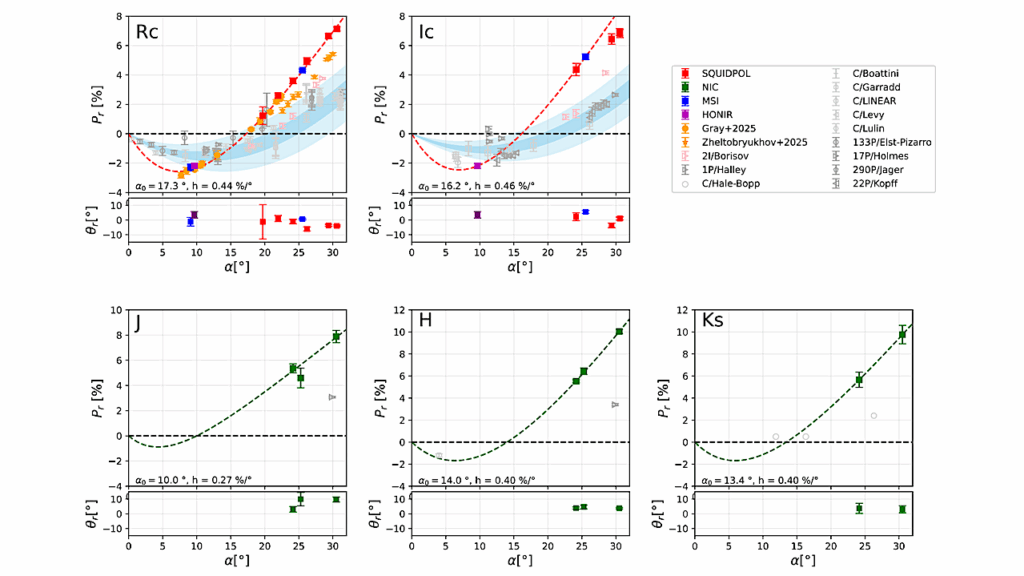Carbon Chain Depletion of 2I/Borisov

The composition of comets in the solar system come in multiple groups thought to encode information about their formation in different regions o fthe outer protosolar disk.
The recent discovery of the second interstellar object 2I/Borisov allows for spectroscopic investigations into its gas content and a preliminary classification of it within the solar system comet taxonomies to test the applicability of planetesimal formation models to other stellar systems. We present spectroscopic observations from 2019 September 20th and October 1st from the 2.3m Bok and 6.5m MMT telescopes.
We identify CN in the comets spectrum on both dates and make the first identification of C2 in any interstellar object in the October 1st data. We use a basic Haser model to convert out integrated fluxes to production rates and find Q(CN) = 5.0 +/- 2.0 * 10^24 mols/s on September 20th, consistent with previous measurements, and Q(CN) = 5.3 +/- 0.7 * 10^24 mols/s and Q(C2) = 2.5 +/- 0.5 * 10^24 mols/s on October 1st. The measured ratio Q(C2)/Q(CN) = 0.47 +/- 0.11 indicates that 2I/Borisov is in the (carbon chain) ‘depleted’ group.
In the solar system, most ‘depleted’ comets are Jupiter Family Comets, perhaps indicating a similarity in formation conditions between many of the JFCs and 2I/Borisov. More work is needed to understand the applicability of our knowledge of solar system comet taxonomies onto interstellar objects, but searches for C3 or variability in the Q(C2)/Q(CN) would help to understand the usefulness of the approach.
Theodore Kareta (1), Jennifer Andrews (2), John W. Noonan (1), Walter M. Harris (1), Nathan Smith (2), Patrick O’Brien (1), Benjamin N.L. Sharkey (1), Vishnu Reddy (1), Alessondra Springmann (1), Cassandra Lejoly (1) (1)Lunar, Planetary Laboratory, (2): Steward Observatory
(Submitted on 8 Oct 2019)
Comments: 10 pages, 3 figures, submitted to Astrophysical Journal Letters
Subjects: Earth and Planetary Astrophysics (astro-ph.EP)
Cite as: arXiv:1910.03222 [astro-ph.EP] (or arXiv:1910.03222v1 [astro-ph.EP] for this version)
Submission history
From: Theodore Kareta
[v1] Tue, 8 Oct 2019 05:45:32 UTC (575 KB)
https://arxiv.org/abs/1910.03222
Astrobiology, Astrochemistry








